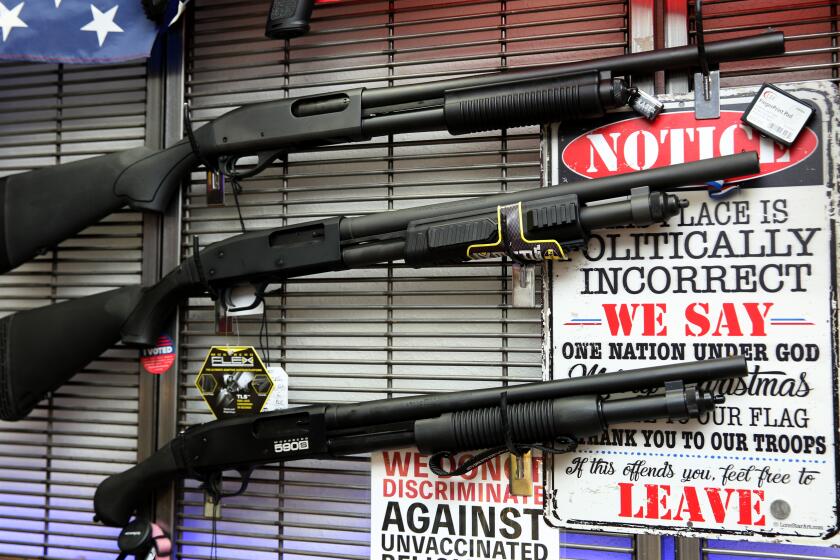CON: Too Dangerous and Too Unknown
Methyl bromide is a fumigant whose main use in California is to sterilize agricultural soil before planting. Because California used 17.6 million pounds of methyl bromide in 1995, residents owe it to themselves and their families to learn more about the use of this highly toxic pesticide.
Methyl bromide is classified by the U.S. Environmental Protection Agency as a “Category I acute toxin,” the most deadly category of substances.
State-mandated studies are designed to aid in determining the potential of the chemical to cause cancer, birth defects and chronic toxicity. However, one missing study was conducted but had to be terminated because the test animals died before the test could be completed. Until all studies are completed and assessed by the state, the residents of California are essentially being used as guinea pigs.
Methyl bromide is a colorless, odorless gas that can drift up to three miles. Because methyl bromide is odorless, the “tear gas” chloropicrin is added as a warning agent. But because chloropicrin moves through the environment at a different rate than methyl bromide, realistically, people can be exposed to methyl bromide without being aware of the danger.
Due to methyl bromide’s drift potential, the state Department of Pesticide Regulation (DPR) has instituted buffer zones as small as 30 feet between the application and neighboring facilities such as homes, schools, parks, day-care centers, places of employment and workers in adjacent fields. DPR’s standard for calculating these buffer zones has been repeatedly criticized by other state agencies, environmentalists and community groups as too weak.
Acceptable exposure levels to methyl bromide are inconsistent. When the chemical is used to fumigate a house for termites, the exposure level is set at 21 parts per billion (ppb) over a 24-hour period. When the same chemical is used to fumigate soil, the acceptable exposure level is 210 ppb. The U.S. Public Health Service recommends a 24-hour standard of 50 ppb. Clearly, there are discrepancies in acceptable exposure levels, with the highest standard correlating with the highest use.
Proponents of continued methyl bromide use say that California has the strictest laws in the world regulating use. We would argue that these strict regulations should be expected, considering the extraordinary amount of methyl bromide used in the state. California not only uses a tremendous amount of the chemical, but many of the uses are dangerously close to homes, day-care centers, schools and adjacent fields where farm workers can be exposed.
The simple fact is that methyl bromide is an extremely toxic pesticide that should not be used in any area where there is potential for human exposure. There are safe and effective alternatives to methyl bromide and it is time for our county and state to stop choosing dangerous shortcuts and economic interests over the health and safety of California residents.
More to Read
Start your day right
Sign up for Essential California for news, features and recommendations from the L.A. Times and beyond in your inbox six days a week.
You may occasionally receive promotional content from the Los Angeles Times.






